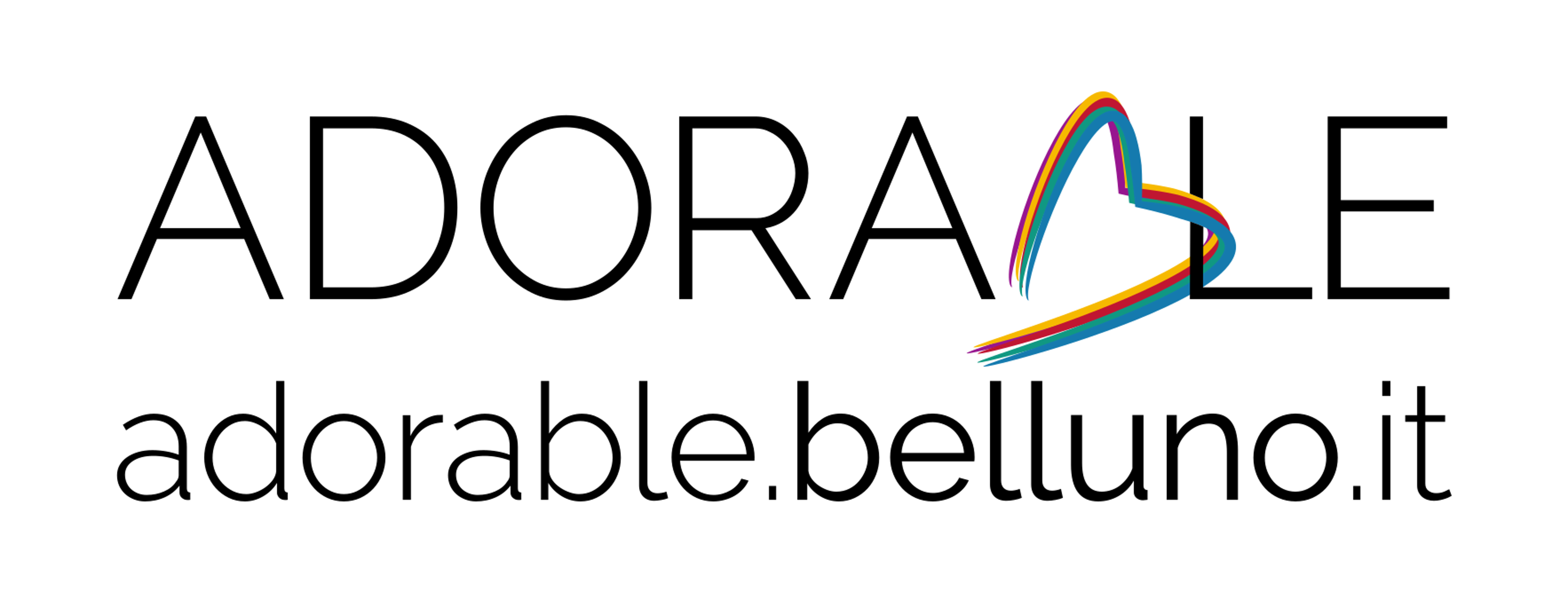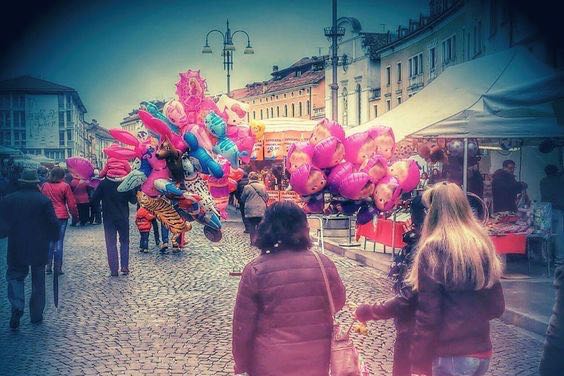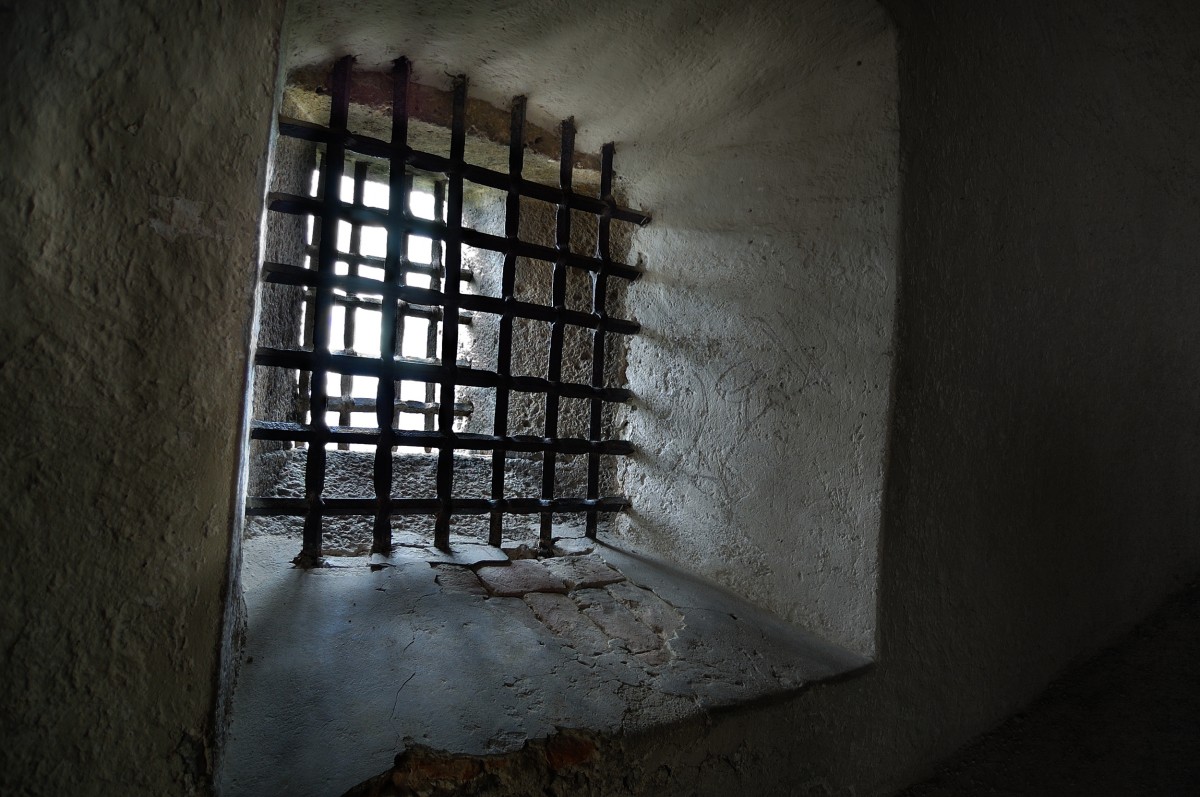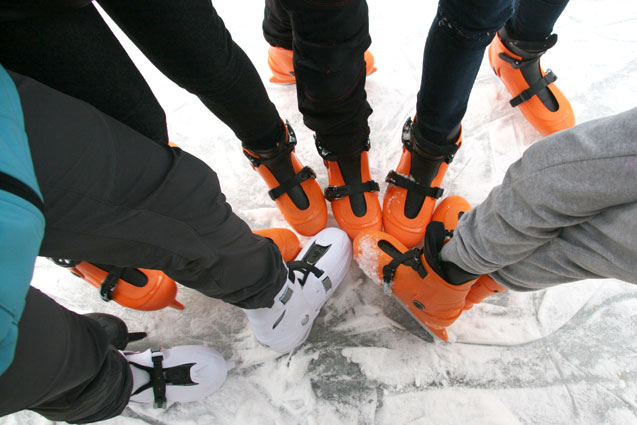The ancient festival of Our Lady of Sorrows is one of the most anticipated events in Belluno. The historical center fills with colorful stands, aromatic flowers and crowds of people who greet one another as they celebrate the arrival of spring.
Everything is ready for the long-awaited Festival of the Fisciot, the holy celebration and gathering of the community with which the city of Belluno greets the flower season.
The celebration has ancient origins: since 1716, the statue of Madonna dei Sette dolori (Our Lady of the Seven Sorrows), used by the Bellunese citizenry to commemorate the end of a terrible epidemic of pestilence, has been carried in a procession across the historical center, two Sundays before Easter Sunday. And this year the tradition lives on: Sunday March 13th is the annual Festival of the Fisciot!
But do you know why it is called this? It gets its name from the “fischietti di richiamo” (whistles of excitement), which once upon a time were among the items most sold by local artisans at their stands on the streets of the city center as part of this Sunday festival.
The details: the events of the 2016 Festival of the Fisciot
Spread out across the entire city center, including Via Dante and Via Cavour, there will be more than 200 vendors with stands selling candies, toys, glassware, ceramics, wood and fabric, and even jewelry, ornaments, paintings, discs, cassette tapes, wicker products, copper, glasses, aromatic essences, honey, leather goods, umbrellas, scarves, balloons and of course, regional food and drink.
Furthermore, this year in Piazza Piloni will be host to the exhibit market of fine food and tasting, while Piazza dei Martiri will be host to the market of local agricultural products, managed by Unione Montana Bellunese.
In Piazza Duomo, once again there will be the market “Fiori in Città: la Città sboccia” (Flowers in the City: the City blooms), as well as the antiques market “Cose di vecchie case” (Objects from old houses) that with its selected vendors is one of the most anticipated and popular events, before its return for the summer season. Piazzale Marconi will be the setting for a stand selling seasonal fruits.
Beginning at 10:45am in Piazza Duomo, at the corner of the former courthouse, the marching band “Citta di Belluno” (City of Belluno) will perform. The traditional procession will occur in the same place at 4:00pm.
Free shuttle service
To help with transportation, the city has instituted its usual free shuttle service that will run from 9:30am to 7:30pm for the entire day of Sunday March 13th. Here are the details:
For the north-east lines (from Baldenich/Cavarzano to the station) and south-west (from via Col da Ren to piazzale Marconi), shuttles will stop every 10 minutes.
For the other lines:
- Line 1 (from Castion to piazzale Marconi), every 30 minutes
- Line 2 (from Giazzoi/Tisoi to piazzale della stazione), every 50 minutes, leaving from Giazzoi at 9:55am – 10:45 – 11:35 – 12:25pm – 1:15pm – 2:05 – 2:55 – 3:45 – 4:35 – 5:25 – 6:15 – 7:05 – 7:55 and leaving from p.le Vittime delle Foibe at 9:40am – 10:30 – 11:20 – 12:10pm – 1:00 – 1:50 – 2:40 – 3:30 – 4:20 – 5:10 – 6:00 – 6:50 – 7:40
- Line 3 (from Col di Piana to piazzale della stazione), every 50 minutes, leaving from Col di Piana at 9:30am – 10:20 – 11:10 – 12:00pm – 12:50 – 1:40 – 2:30 – 3:20 – 4:10 – 5:00 – 5:50 – 6:40 – 7:30 and leaving from Piazzale Vittime delle Foibe at 9:20am – 10:10 – 11:00 – 11:50 – 12:40pm – 1:30 – 2:20 – 3:10 – 4:00 – 4:50 – 5:40 – 6:30 – 7:20.
For more information:
Citizen Information Desk
Tel. 0437/913222 – info@comune.belluno.it
Vendors are asked to contact Servizio Att. Economiche: 0437 913175
Traffic information: Local Police 0437/913520






